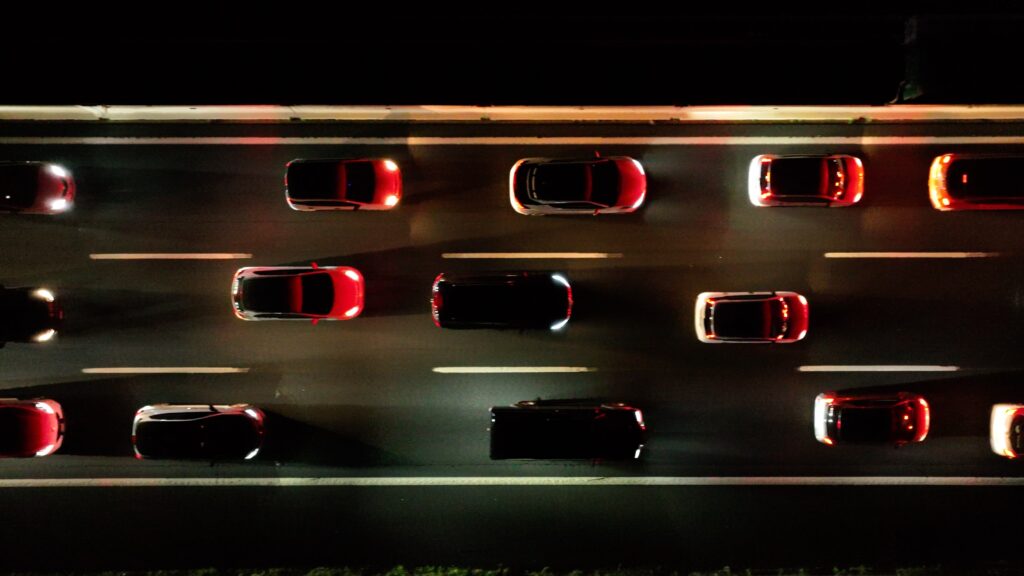BEVs breakthrough in Italy despite vulnerable new-car market
11 February 2025

The Italian new-car market saw its struggles continue into 2025. However, some powertrains saw significant growth, including battery-electric vehicles (BEVs). Autovista24 journalist Tom Hooker investigates the latest data.
Italy’s new-car market began 2025 with a 5.8% year-on-year delivery decline according to the latest data from industry body, ANFIA. A total of 133,711 new models were registered in January, 8,308 units fewer than a year ago.
January marks the country’s sixth consecutive delivery drop. The last increase was recorded in July 2024, when the introduction of BEV incentives helped to boost figures.
However, Italy has comparatively been the worst-performing of Europe’s major new-car markets since then. Germany, France, the UK and Spain have all posted at least one month of improvement in this period.
‘It is clear that European policies continue to impact our national reality, with a weak domestic market. Last year ended 0.5% down on 2023 and 18.7% down on 2019, as well as a production chain in difficulty,’ commented ANFIA president Roberto Vavassori.
‘These elements underline the need to adopt a European plan for a rational drive towards the 2035 targets, as also discussed at the strategic dialogue on the future of the European automotive industry launched on 30 January by the president of the EU Commission,’ he highlighted.
Based on these discussions, the EU’s transport commissioner Apostolos Tzitzikostas will present an action plan for the sector on 5 March.
‘Action must be taken quickly, acting on several factors: providing flexibility in the regulation of emission targets, stimulating European local production and encouraging technological innovation in the supply chain to protect and increase its global competitiveness,’ stated Vavassori.
BEV breakthrough
BEVs surged 126.2% in January after three consecutive months of decline. The technology reached 6,702 registrations, an increase of 3,739 units compared to 12 months ago.
Excluding all-electric vehicles from the overall total, the Italian new-car market would have fallen by 8.7%. It was also the biggest monthly total for the powertrain since June 2024.
However, the result was slightly skewed by BEVs performance in January 2024. This month marked its lowest volume since August 2022.
All-electric vehicles accounted for 5% of all deliveries in January, an improvement of 2.9 percentage points (pp) year on year. Yet, it still sat a considerable distance behind diesel, the next most popular powertrain.
PHEV positivity
Plug-in hybrids (PHEVs) had a positive January, with 4,877 registrations up 21% compared to one year ago. This equated to an increase of 848 units. It was the biggest monthly total for the powertrain since June 2024 and ended 15 months of consecutive drops.
PHEVs made up 3.6% of the market last month, up from a 2.8% share in January 2024. The technology remained the least popular in the Italian market and sat 1.4pp behind BEVs.
Yet, PHEVs may have a future in Italy and the EU more broadly. Current negotiations in Brussels have not yet ruled out sales of the powertrain after 2035, as reported by Der Spiegel.
‘As part of the dialogue, we will identify immediate solutions to safeguard the industry’s capacity to invest, by looking at possible flexibilities to make sure our industry remains competitive, without lowering the overall ambition of the 2025 targets. Moreover, reaching the 2035 climate neutrality target for cars will require a technology-neutral approach,’ the European Commission stated in a strategy paper.
Combining BEV and PHEV figures, plug-in deliveries grew by 65.6% in January to 11,579 units. This was an increase of 4,587 registrations year on year. Electric vehicles (EVs) managed an 8.7% market share, up from 4.9% 12 months ago. However, this was still 0.9pp below diesel.
Diesel’s dangerous decline
Diesel continued its decline in January, with registrations slumping 41.4% year-on-year. The fuel type recorded 12,845 registrations, a loss of 9,091 units from 12 months ago.
This made diesel the worst-performing powertrain in the market, both in terms of volume lost and percentage decline. Removing diesel from the total delivery figure, the Italian market would have grown by 0.7%.
January’s result also marked the fuel type's lowest monthly total since August 2024. During this period, diesel registrations dipped below 10,000 units for the first time in over 20 months.
Currently, the powertrain has experienced nearly a full year of consecutive double-digit declines, as it last recorded growth in August 2023. It accounted for 9.6% of all deliveries in January, down 5.8pp year on year.
Petrol registrations fell by 17% last month, with 35,991 units. This equated to a 7,397-unit drop compared to one year ago. Since July 2024, the fuel type has suffered double-digit declines every month. The drivetrain took a market share of 26.9%, dropping 3.7pp.
Adding together petrol and diesel figures, the internal combustion engine (ICE) market slumped 25.2% in January, with 48,836 deliveries. This was a loss of 16,488 units year on year. The powertrain grouping captured 36.5% of the market, a significant drop from its 46% share from 12 months ago.
Hybrids continue growth
Hybrids, including full and mild hybrids, saw registrations climb by 10.6% last month. The technology delivered 59,657 new models, a gain of 5,715 units year on year. This was the highest hybrid volume total since June 2024.
The drivetrain took a 44.6% share of registrations in January, up 6.6pp compared to one year ago. Hybrids were comfortably the market leader in the month, with a lead of 17.7pp over petrol. In January 2024, this gap was 7.4pp.
Combining hybrid and EV volumes, the electrified market increased deliveries by 16.9% last month. The three technologies were the only powertrains to record growth. The category reached 71,236 registrations, a gain of 10,302 registrations from January 2024.
The electrified market made up 53.3% of all deliveries, 16.8pp ahead of ICE volumes. This represents a stark contrast in market trends from one year ago, where petrol and diesel led the powertrain grouping by 3.1pp.
The ‘others’ category, including liquid-petroleum gas and natural gas vehicles, fell 13.5% in January with 13,639 registrations. This was a loss of 2,122 units year on year.
However, due to diesel's sharp decline, it was the third most popular powertrain in the month. The category took a market share of 10.2%, down 0.9pp compared to one year ago.




